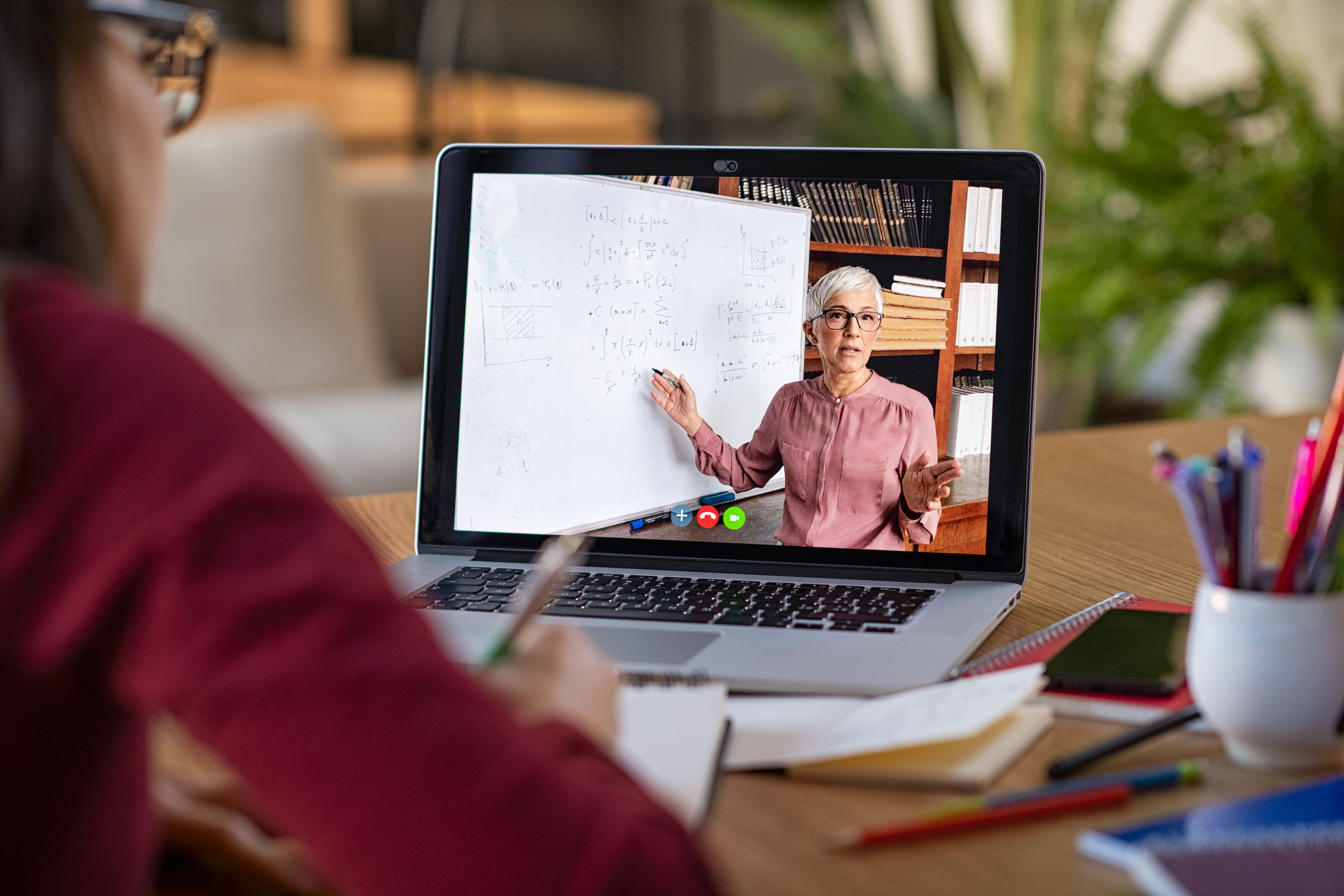Stand-Alone AI Systems and Privacy in Video Conference Cameras
New technologies equip people with the ability to perform tasks and services with greater ease and efficiency. Video conferencing is no exception. AI-enabled video conference solutions and devices facilitate more engaging interactions, while IoT video conference cameras offer more flexibility in meeting locations. These technological advancements bring forth new challenges, however.
With the rapid adoption of voice assistants such as Amazon Alexa and Google Assistant, stand-alone AI systems are becoming a common element of our everyday lives. Most commonly used for home automation, these stand-alone AI systems are becoming integrated into various other areas including video conference cameras. These devices make use of one or more user inputs to identify users for authentication and personalization services such as speech recognition, natural language processing (NLP), image recognition, speech synthesis, semantic recognition, or text-to-speech conversion.
Stand-alone AI systems in video conference cameras raise privacy concerns because they can directly access sensitive information about users based on how they speak or look. Security professionals must understand how these new devices function and the potential risks associated with their use before deploying them on corporate networks or advising organizations that plan to adopt them in their IT infrastructure.

What are the benefits of Stand-Alone AI in Video Conference Cameras?
Stand-alone AI devices that support video conferencing are becoming increasingly popular. They allow users to see each other on their screens as they talk. This provides greater opportunity for collaboration and can improve communication between people who may have little in common. It also helps to keep business and personal communications separate, which can be helpful when working with sensitive information. Stand-alone AI devices can also help reduce costs by allowing businesses to upgrade their existing infrastructure without having to purchase new equipment.
A stand-alone AI device is a great way to give your business the ultimate advantage in business and social interaction. Technology has made it possible for businesses to communicate at a distance, allowing them to conduct meetings and conduct business from anywhere in the world. This means you need not travel long distances, making it more efficient for you and your staff.
How do Stand-alone AI systems work?
Stand-alone AI systems in video conference cameras are used to automate tasks. In other words, they can be used to automate tasks such as automatic captioning and transcribing. They use artificial intelligence (AI) algorithms to process speech or video and generate text or audio for you.
These types of AI systems can be integrated into any type of video conference cameras. They are often used with telepresence robots, but they can also be used with desktop computers and smartphones.
In video conference cameras, AI systems can take various forms. Some are based on neural networks, which are computer systems inspired by the human brain. These systems learn from data and try to predict future events by analyzing trends and patterns. Other AI systems use deep learning algorithms that work in a similar way but use larger datasets to perform complex calculations more efficiently.
They are also often combined with other technologies that make the overall experience more efficient. For example, they may be connected to the internet so they can receive updates automatically and send out notifications when new information is available.
Privacy Concerns for Users When Using Video Conference Cameras with Stand-alone AI Systems
The biggest challenge facing the adoption of AI systems is that they raise privacy concerns among users. These concerns stem from the fact that AI systems have been trained by collecting and analyzing data. If a user��s data is leaked, this could result in a potential breach of privacy.
These issues become even more significant when AI systems are used with video conference cameras with stand-alone AI systems. These devices collect data about their users�� location, behaviors, and activities during the course of a call. This information can then be fed back into the AI system to improve its accuracy. It is therefore important that users keep a check on who has access to their devices to ensure that none of their private information is leaking out.
Coolpo��s Products����Ensure Your Privacy on the Top Level
But with Coolpo��s products����Coolpo AI Huddle Pana and Coolpo AI Huddle Mini, you will not be troubled by such concerns any more! Coolpo��s product algorithms and firmware are stored and run within its hardware with edge computing technology. All training data in the interaction model of Meeting Flex is in-house owned and generated, it does not require additional data from the users-end. This ensures top-level data security and privacy protection. Therefore, if you possess the products of Coolpo, you can both enjoy the efficiency provided by them and stay away from the trouble and worry about the lack of privacy of such kinds of products!
Conclusion
Stand-alone AI systems are becoming increasingly common in video conference cameras. They are a great way to increase productivity while making business interactions more enjoyable and engaging. You can integrate them into your existing video conferencing equipment, or you can purchase a standalone AI system that doesn��t require installation. And with promising products from a trustworthy company, such as Coolpo, you do not need to worry about privacy anymore.
Recent blogs
How Sales Agents Build Stronger Client Connections with a Headset for Cold Calling





%20(1).jpg)




